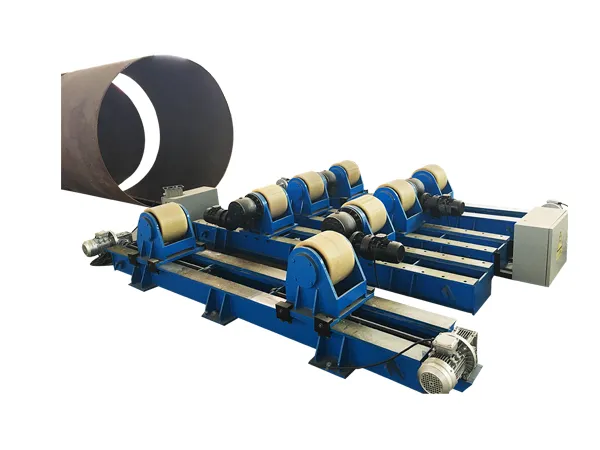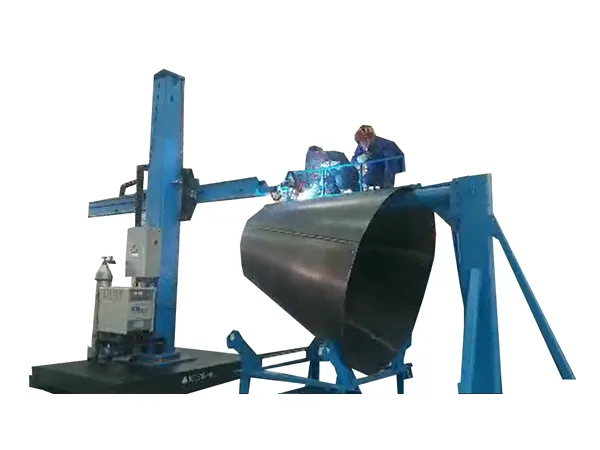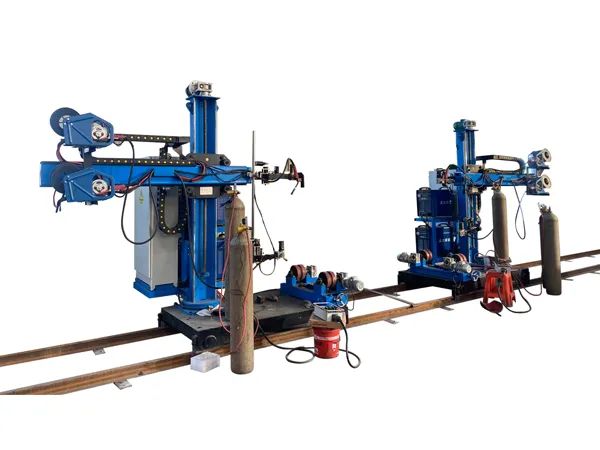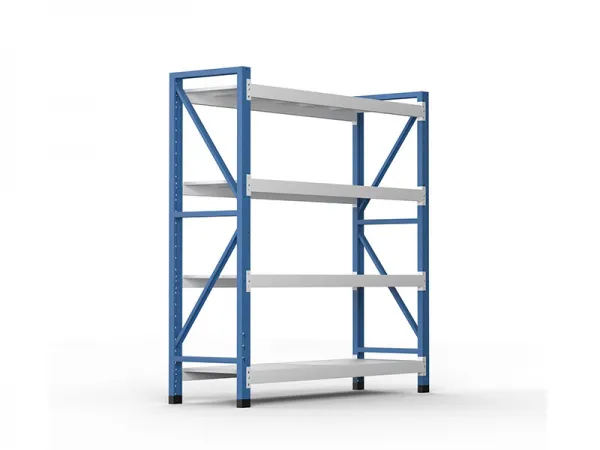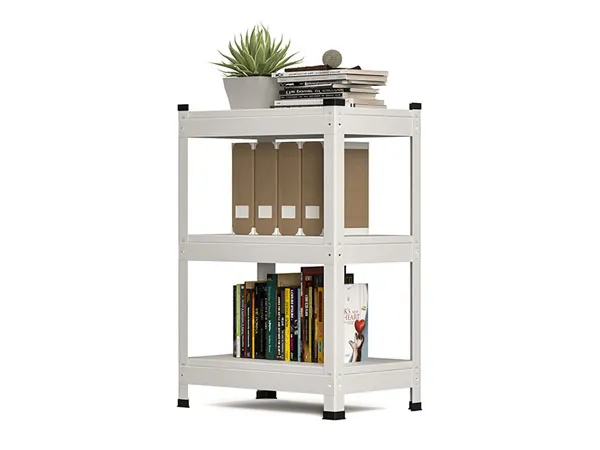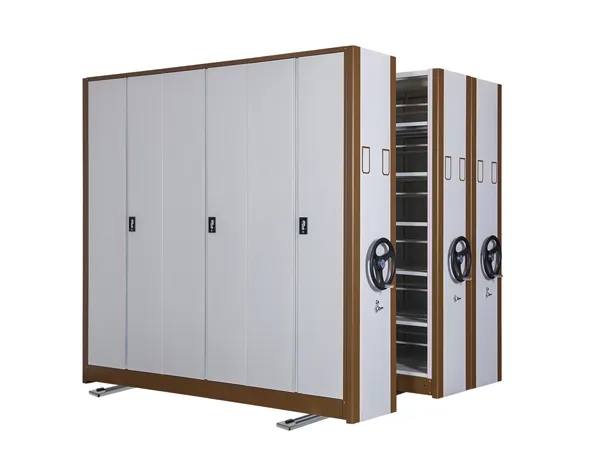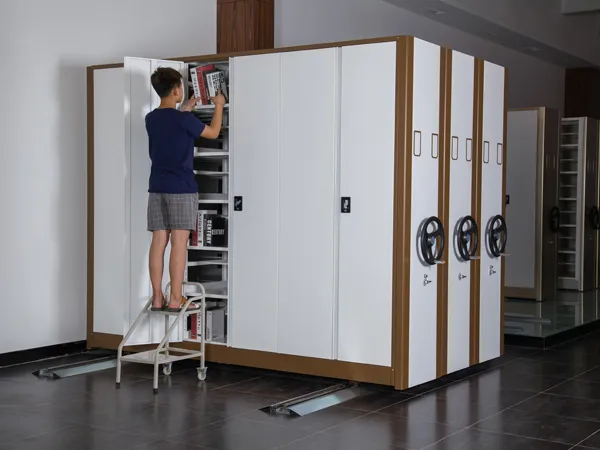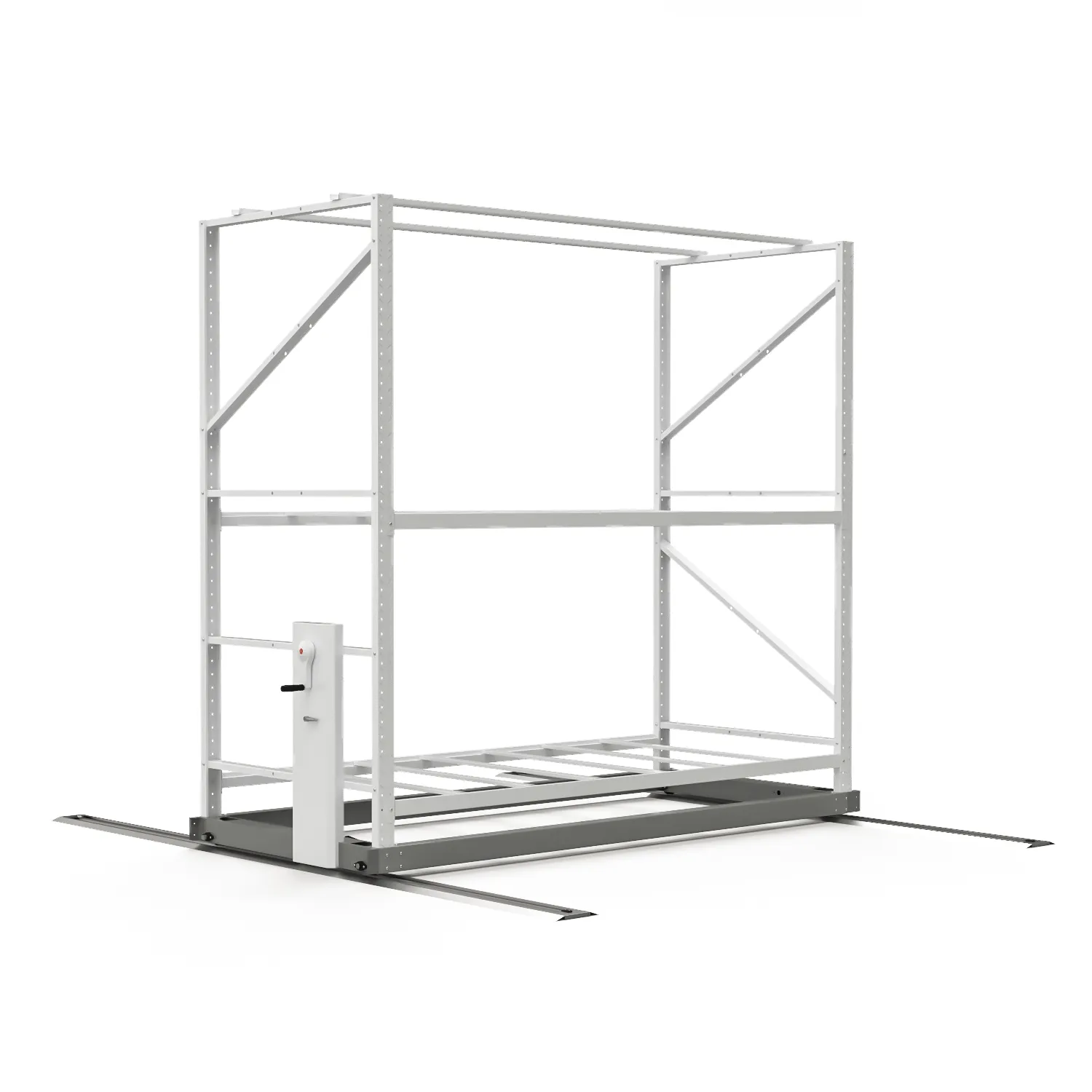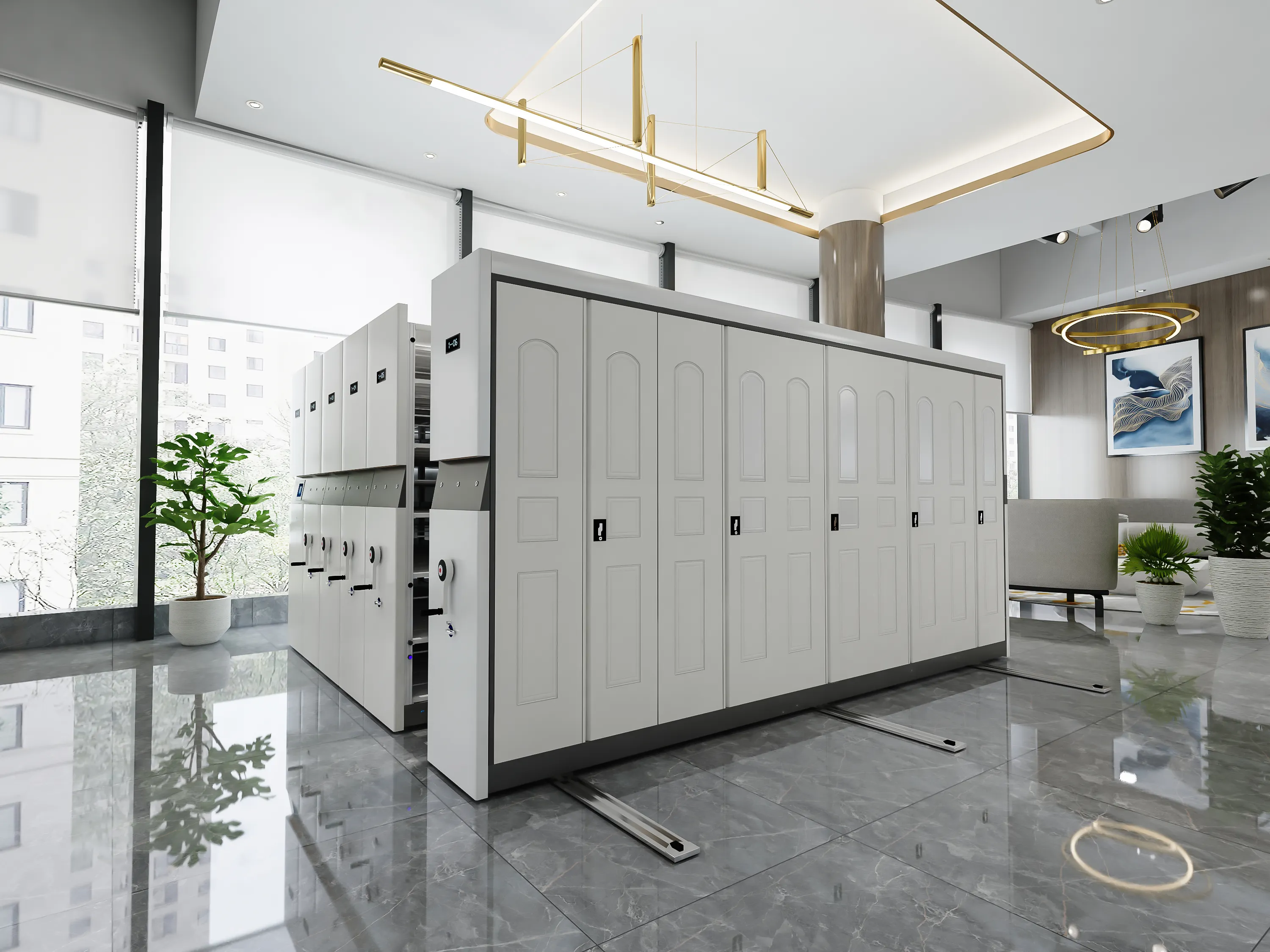UNA butt joint longitudinal seam welding machine is a specialized piece of equipment used to weld the longitudinal seams of cylindrical or tubular workpieces, como tuberías, tanques, o recipientes a presión. Este tipo de máquina está diseñada para producir un continuo, soldadura de alta calidad a lo largo de toda la costura, ensuring strong and durable joints.Using a butt longitudinal seam welding machine involves several steps to ensure a proper and efficient welding process.
Butt joint longitudinal seam welding machine operation guide
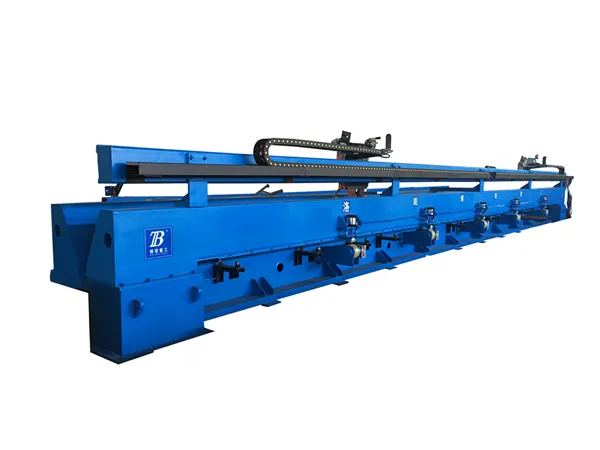
1. Preparación
Equipo de seguridad: Utilice equipo de protección personal adecuado (EPP), including welding gloves, goggles, apron, and helmet.
Preparación de materiales: Ensure the materials to be welded are clean, free from rust, aplicar vaselina, or other contaminants that could affect the weld quality.
Machine Setup: Adjust the machine settings based on the material type, espesor, and the required welding specifications. This includes setting the appropriate welding current, Voltaje, and speed.
2. Loading the Material
Posicionamiento: Place the material into the machine, aligning the edges that need to be welded. The material should be securely clamped in place to prevent movement during welding.
Edge Alignment: Ensure that the edges to be welded are properly aligned. Misalignment can lead to poor weld quality or defects.
3. Proceso de soldadura
Starting the Machine: Initiate the welding process by starting the machine. The electrodes or welding torch will move along the seam, applying heat and pressure to join the edges.
Escucha: Keep an eye on the welding process. Monitor the seam to ensure the weld is consistent and that there are no gaps or defects.
Adjustments: If needed, make real-time adjustments to the welding speed, presión, or current to maintain weld quality.
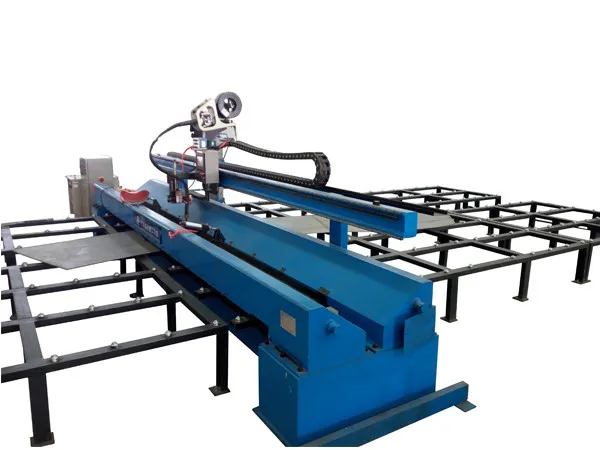
4. Post-Welding
Inspección: Una vez completada la soldadura, inspect the seam for any defects such as cracks, porosidad, or incomplete fusion. Use visual inspection or non-destructive testing methods as necessary.
…
For more detailed information about the butt joint longitudinal seam welding machine use, por favor haga clic aquí:https://www.bota-weld.com/en/a/news/butt-joint-longitudinal-seam-welding-machine-use.html

